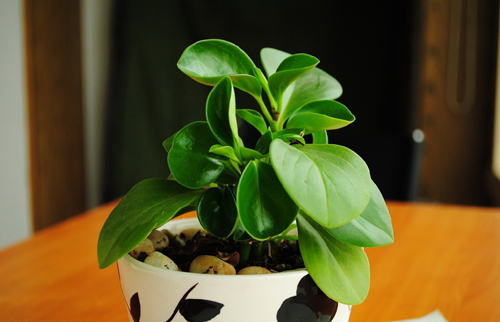How to Control Cotton Corner Leaf spot
Cotton angular spot is a bacterial disease. Cotton can occur from cotyledon stage to adult stage. After the onset of the disease, dark green dots were first produced on the back of the leaves, and then the dots gradually expanded, and polygonal oily spots were formed due to the limitation of leaf veins. The bacterial liquid is yellowish brown sticky when it is wet and white in the shape of dry scab after drying. In severe cases, it can cause the leaves to dry up and fall off. If the diseased leaf is moved to the light for perspective, the disease spot is partly like oil paper.
The first cause is continuous cropping, which is caused by bacteria in the soil, and the other is poor light, high humidity, high temperature and damaged branches and leaves of cotton, which is beneficial to the infection of bacteria.
Control and clean up the cotton field: transport the branches, old leaves and diseased bodies from the cotton field out of the field in time, burn them centrally or bury them deeply. Balanced fertilization: in particular, do not apply too much nitrogen fertilizer. Reasonable drainage and irrigation: drought watering should not flood irrigation, timely drainage of stagnant water after rain, ploughing and moisture dissipation. Chemical control: at the initial stage of the disease, spray 65% Dysen zinc wettable powder 600x solution, or spray 72% agricultural streptomycin soluble powder (10 million international units) with 50 kg water per mu, or spray with 50% carbendazim or 70% topiramate 1000 times solution, spray once every 7 days for 2 times 3 times.
- Prev

Scientific Chemical Control Technology of Cotton
Cotton chemical control is the most difficult technology for cotton farmers to master. According to the research of relevant departments, cotton chemical control can affect 30% of cotton production, but most cotton farmers are blindly chemical control, so it is very necessary to promote a simple and easy-to-understand cotton chemical control technology. The experience accumulated over the years is introduced as follows. The following is only the reference data of TM cotton pruning in Switzerland, and cotton farmers should use it flexibly according to soil fertility, climate and actual growth. 7-10 days after topping (around July 25): use 40 milliliters of water per mu 15
- Next

How to cultivate Zibian Jasper
Purple edge Jasper, also known as pepper grass, Piperaceae grass pepper, perennial herbs. Native to the West Indies, Panama, northern South America. Like the warm and humid semi-overcast environment. The suitable temperature for growth is about 25 degrees Celsius, the lowest can not be lower than 10 degrees Celsius, it is not resistant to high temperature, requires high air humidity, and avoid direct sunlight.
Related
- Fuxing push coffee new agricultural production and marketing class: lack of small-scale processing plants
- Jujube rice field leisure farm deep ploughing Yilan for five years to create a space for organic food and play
- Nongyu Farm-A trial of organic papaya for brave women with advanced technology
- Four points for attention in the prevention and control of diseases and insect pests of edible fungi
- How to add nutrient solution to Edible Fungi
- Is there any good way to control edible fungus mites?
- Open Inoculation Technology of Edible Fungi
- Is there any clever way to use fertilizer for edible fungus in winter?
- What agents are used to kill the pathogens of edible fungi in the mushroom shed?
- Rapid drying of Edible Fungi

